Home>Gardening & Outdoor>Pool & Spa Care>How Do You Kill Bacteria In A Hot Tub


Pool & Spa Care
How Do You Kill Bacteria In A Hot Tub
Modified: January 9, 2024
Learn effective pool and spa care tips to kill bacteria in your hot tub. Discover the best methods for maintaining a clean and hygienic environment. Keep your pool and spa safe and inviting with expert advice.
(Many of the links in this article redirect to a specific reviewed product. Your purchase of these products through affiliate links helps to generate commission for Storables.com, at no extra cost. Learn more)
Introduction
Owning a hot tub is a luxurious and enjoyable experience, offering relaxation and therapeutic benefits. However, it's crucial to ensure that your hot tub remains a safe and hygienic environment for you and your loved ones. Bacteria, algae, and other contaminants can thrive in warm water, posing potential health risks if not properly managed. In this comprehensive guide, we will explore effective methods to eliminate bacteria in hot tubs, ensuring a clean and inviting oasis for all to enjoy.
Maintaining a pristine hot tub involves a combination of proper sanitation, regular cleaning, and diligent water care. Whether you're a seasoned hot tub owner or considering investing in this delightful addition to your home, understanding the best practices for eradicating bacteria is essential. From the role of chemical sanitizers to non-chemical approaches, we'll delve into the most effective strategies for keeping your hot tub water sparkling and bacteria-free.
Join us as we journey through the world of hot tub maintenance, discovering the secrets to a healthy, bacteria-free soak. By the end of this guide, you'll be equipped with the knowledge and confidence to safeguard your hot tub against harmful microorganisms, ensuring a pristine and rejuvenating experience every time you dip into the warm, inviting waters. Let's dive in and explore the fascinating realm of hot tub bacteria management!
Key Takeaways:
- Keep your hot tub bacteria-free by using chemical sanitizers like chlorine and bromine, or consider non-chemical methods such as ozonators and UV-C sterilization for a clean and safe soaking experience.
- Regular water testing, consistent filtration, and user hygiene practices are essential for maintaining a pristine and inviting hot tub environment, ensuring a healthy and enjoyable experience for all.
Read more: How Do You Winterize A Hot Tub
Understanding Bacteria in Hot Tubs
Before delving into the methods of eradicating bacteria from hot tubs, it’s essential to understand the nature of these microorganisms and the potential risks they pose. Bacteria thrive in warm, moist environments, making hot tubs an ideal breeding ground if not properly maintained. The most common types of bacteria found in hot tubs include Pseudomonas aeruginosa, Legionella, and other coliform bacteria.
Pseudomonas aeruginosa, a common hot tub bacterium, can cause skin rashes and infections if the water is not adequately sanitized. Legionella, another concerning bacterium, can lead to Legionnaires’ disease, a severe form of pneumonia, when inhaled through water vapor or droplets. Coliform bacteria, including E. coli, are indicators of fecal contamination and can cause gastrointestinal illness if ingested.
Understanding the potential health risks associated with these bacteria underscores the importance of diligent hot tub maintenance. In addition to bacteria, hot tubs can also harbor algae and other microorganisms, leading to cloudy water and unpleasant odors. Regular water testing and sanitation are crucial to prevent the proliferation of these contaminants.
By comprehending the nature of bacteria in hot tubs and the potential health implications, hot tub owners can prioritize the implementation of effective sanitization methods. With this knowledge in mind, let’s explore the various approaches to eradicating bacteria and maintaining a pristine hot tub environment.
Chemical Sanitizers for Hot Tubs
Chemical sanitizers play a pivotal role in eradicating bacteria and maintaining water clarity in hot tubs. These powerful agents work to disinfect the water, eliminate harmful microorganisms, and prevent the growth of algae. The most commonly used chemical sanitizers for hot tubs include chlorine, bromine, and non-chlorine shock treatments.
Chlorine: Chlorine is a widely utilized sanitizer that effectively kills bacteria and oxidizes organic contaminants in hot tub water. Available in granular, tablet, or liquid forms, chlorine provides a reliable defense against harmful microorganisms. When properly dosed and monitored, chlorine ensures that the hot tub water remains safe and hygienic for bathers.
Bromine: Bromine is an excellent alternative to chlorine, especially for individuals with sensitive skin or chlorine allergies. It is gentle on the skin and eyes while exhibiting robust sanitizing properties. Bromine is available in tablet form and is an ideal choice for maintaining consistent water sanitation in hot tubs.
Non-Chlorine Shock Treatments: Non-chlorine shock treatments, often containing potassium monopersulfate, are valuable for oxidizing organic contaminants and restoring water clarity. While they do not serve as primary sanitizers, these treatments complement chlorine or bromine by eliminating residual organic matter and preventing the formation of chloramines, which can cause unpleasant odors and skin irritation.
It’s essential to maintain the appropriate chemical balance in the hot tub water, as insufficient sanitizer levels can lead to bacterial growth and compromised water quality. Regular testing and adjustment of sanitizer levels are vital for ensuring a safe and enjoyable hot tub experience. Additionally, shock treatments should be administered after heavy usage or as part of routine maintenance to keep the water pristine and free from bacteria.
By incorporating chemical sanitizers into a consistent hot tub maintenance routine, owners can effectively combat bacteria and safeguard the well-being of bathers. The judicious use of these powerful agents ensures that the hot tub remains a clean, inviting oasis for relaxation and rejuvenation.
To kill bacteria in a hot tub, make sure to regularly clean and sanitize the water using chlorine or bromine. Test the water frequently and maintain proper pH levels to ensure bacteria are effectively eliminated.
Non-Chemical Methods to Kill Bacteria in Hot Tubs
While chemical sanitizers are highly effective in eradicating bacteria from hot tubs, some individuals may prefer non-chemical methods for water treatment. Non-chemical approaches offer alternative ways to maintain water hygiene, catering to those with sensitivities to traditional sanitizing agents or a preference for eco-friendly practices. Let’s explore some non-chemical methods to kill bacteria in hot tubs:
- Ozonators: Ozonators are devices that produce ozone, a powerful oxidizing agent, to sanitize hot tub water. Ozone effectively destroys bacteria, viruses, and other contaminants, providing a chemical-free sanitation solution. By integrating an ozonator into the hot tub’s filtration system, owners can enhance water quality and reduce the reliance on traditional chemical sanitizers.
- UV-C Sterilization: UV-C sterilization systems utilize ultraviolet light to neutralize bacteria, viruses, and algae in hot tub water. As water passes through the UV-C chamber, the ultraviolet light disrupts the DNA of microorganisms, rendering them unable to reproduce. This non-chemical method offers an additional layer of protection against harmful pathogens, contributing to a cleaner and safer hot tub environment.
- Mineral Sanitizers: Mineral-based sanitizers, such as those utilizing silver ions or copper, provide a natural and gentle approach to water sanitation. These products release trace amounts of minerals into the water, inhibiting the growth of bacteria and algae. Mineral sanitizers can complement traditional chemical sanitizers or serve as standalone treatments, offering a balanced and eco-conscious solution for hot tub maintenance.
Non-chemical methods to kill bacteria in hot tubs present viable options for individuals seeking alternative approaches to water treatment. While these methods may reduce the reliance on traditional chemical sanitizers, it’s important to note that they may not entirely replace the need for periodic shock treatments or maintenance of appropriate sanitizer levels. Combining non-chemical methods with occasional shock treatments can provide a comprehensive and sustainable approach to hot tub water care.
By embracing non-chemical sanitation methods, hot tub owners can tailor their water treatment approach to align with their preferences and values, promoting a healthy and enjoyable soaking experience for all users. Whether opting for ozone, UV-C sterilization, mineral sanitizers, or a combination thereof, these non-chemical methods contribute to the maintenance of a pristine and bacteria-free hot tub environment.
Maintaining Cleanliness in Hot Tubs
Ensuring the cleanliness of a hot tub involves a multifaceted approach that encompasses regular maintenance tasks, water testing, and adherence to best practices for water care. By implementing a comprehensive cleanliness regimen, hot tub owners can mitigate the risk of bacterial proliferation and maintain an inviting and hygienic soaking environment. Let’s explore the key elements of maintaining cleanliness in hot tubs:
- Regular Water Testing: Conducting frequent water tests using reliable test strips or liquid testing kits is essential for monitoring the chemical balance and clarity of hot tub water. Testing parameters such as pH, sanitizer levels, alkalinity, and calcium hardness enables owners to make informed adjustments and prevent potential issues related to bacterial growth and water quality.
- Consistent Filtration: The hot tub’s filtration system plays a crucial role in removing debris, organic matter, and contaminants from the water. Regularly cleaning or replacing the filter cartridges, as recommended by the manufacturer, ensures optimal filtration efficiency and prevents the accumulation of impurities that could contribute to bacterial proliferation.
- Thorough Cleaning: Periodic draining, cleaning, and refilling of the hot tub is necessary to eliminate accumulated residues, biofilm, and impurities that may harbor bacteria. Using hot tub-specific cleaning products and following a systematic cleaning protocol helps maintain a sanitary environment and prolongs the lifespan of the equipment.
- Appropriate Water Chemistry: Maintaining balanced water chemistry, including pH, sanitizer levels, and alkalinity, is fundamental to preventing bacterial growth and preserving water clarity. Diligent monitoring and adjustment of chemical parameters in accordance with industry standards and manufacturer guidelines are imperative for sustaining a clean and bacteria-free hot tub environment.
- User Hygiene Practices: Encouraging bathers to observe good hygiene practices, such as showering before entering the hot tub and refraining from introducing contaminants, contributes to the overall cleanliness of the water. Educating users about the importance of personal hygiene and its impact on hot tub sanitation fosters a collective commitment to maintaining a pristine soaking experience.
By integrating these cleanliness practices into a routine hot tub maintenance regimen, owners can uphold a high standard of water quality and mitigate the risk of bacterial contamination. Consistency, attention to detail, and a proactive approach to cleanliness are instrumental in preserving the allure and safety of the hot tub as a rejuvenating retreat.
Read more: What Does A Hot Tub Do For You
Conclusion
As we conclude our exploration of eradicating bacteria in hot tubs, it’s evident that maintaining a clean and bacteria-free soaking environment is essential for the well-being and enjoyment of hot tub enthusiasts. By understanding the nature of bacteria in hot tubs and the potential health risks they pose, hot tub owners can prioritize effective sanitization methods to safeguard the water quality and the health of bathers.
Chemical sanitizers, such as chlorine and bromine, play a pivotal role in eliminating bacteria and preserving water clarity, offering reliable defense against harmful microorganisms. Non-chemical methods, including ozonators, UV-C sterilization, and mineral sanitizers, provide alternative approaches to water treatment, catering to diverse preferences and sensitivities.
Maintaining cleanliness in hot tubs involves a comprehensive approach that encompasses regular water testing, consistent filtration, thorough cleaning, and adherence to appropriate water chemistry. By integrating these cleanliness practices into a routine maintenance regimen, hot tub owners can uphold a high standard of water quality and mitigate the risk of bacterial contamination.
Ultimately, the pursuit of a clean and bacteria-free hot tub environment requires diligence, knowledge, and a commitment to best practices for hot tub maintenance. By embracing effective sanitization methods, prioritizing cleanliness, and fostering a culture of user hygiene, hot tub enthusiasts can revel in the rejuvenating and hygienic oasis that their hot tubs provide.
With the insights gained from this guide, hot tub owners are empowered to cultivate a pristine and inviting soaking experience, ensuring that their hot tub remains a cherished retreat for relaxation and well-being. By embracing the art of bacteria eradication in hot tubs, enthusiasts can revel in the rejuvenating and hygienic oasis that their hot tubs provide, fostering a culture of user hygiene and prioritizing cleanliness.
Frequently Asked Questions about How Do You Kill Bacteria In A Hot Tub
Was this page helpful?
At Storables.com, we guarantee accurate and reliable information. Our content, validated by Expert Board Contributors, is crafted following stringent Editorial Policies. We're committed to providing you with well-researched, expert-backed insights for all your informational needs.

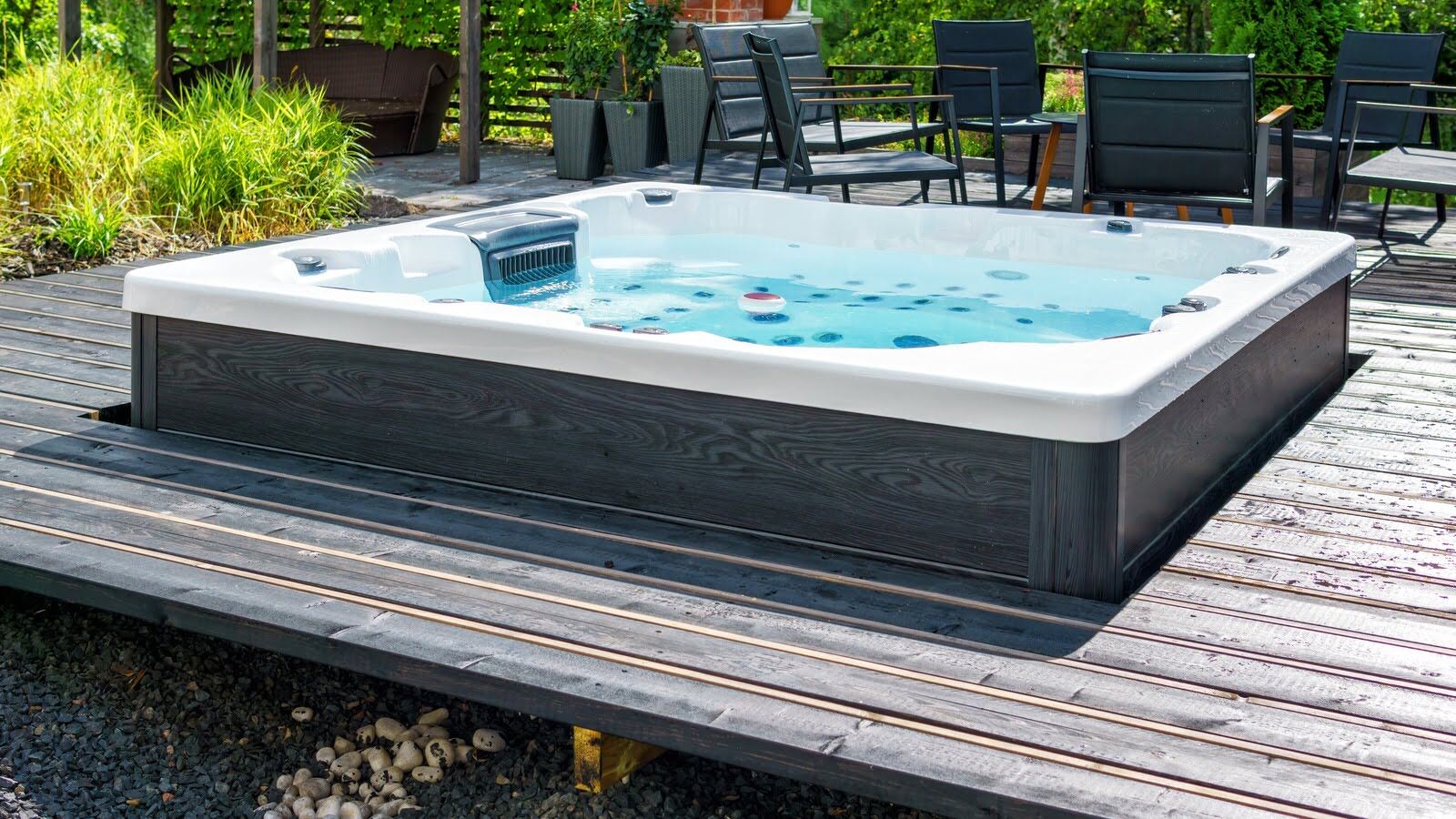


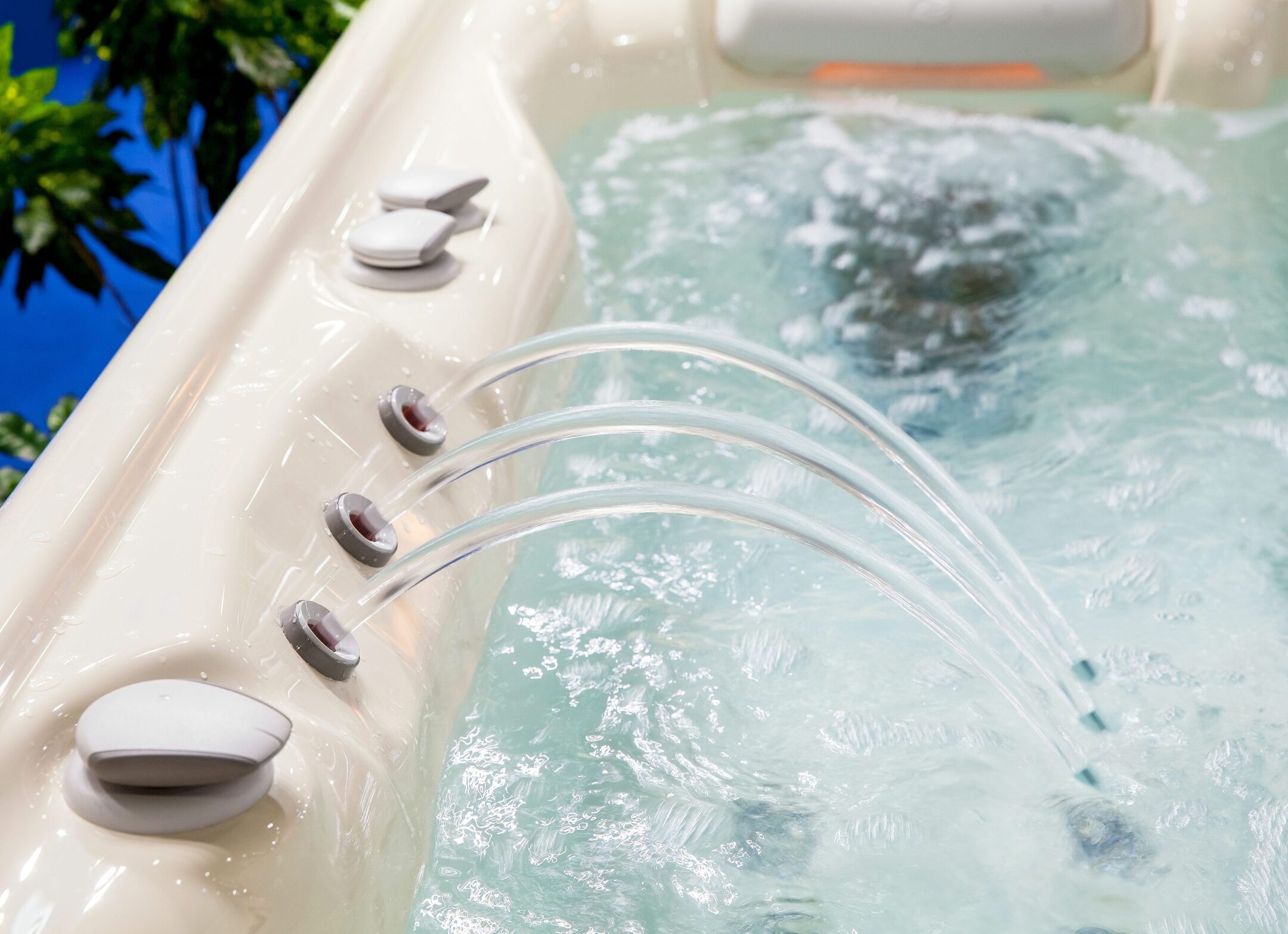
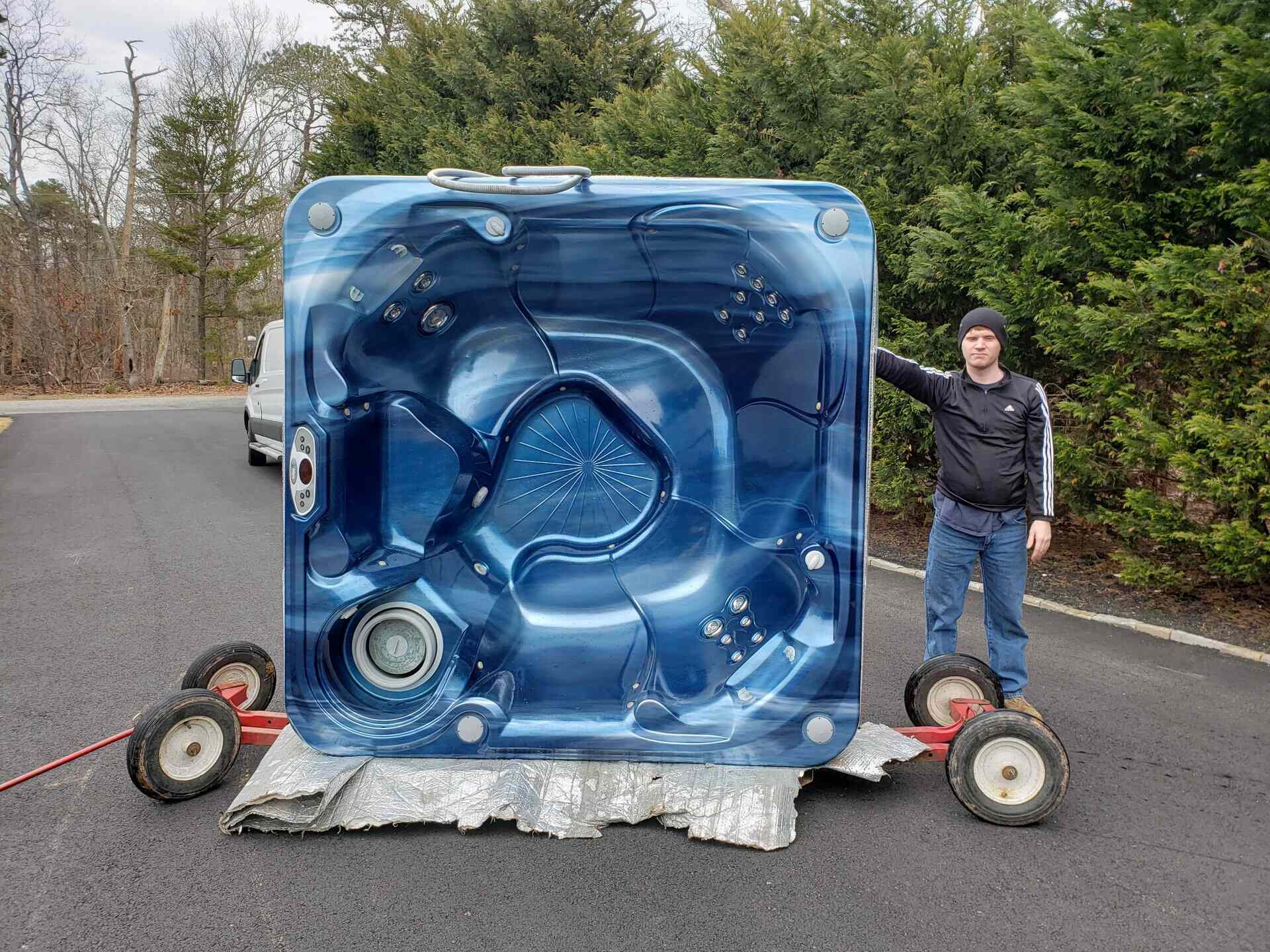
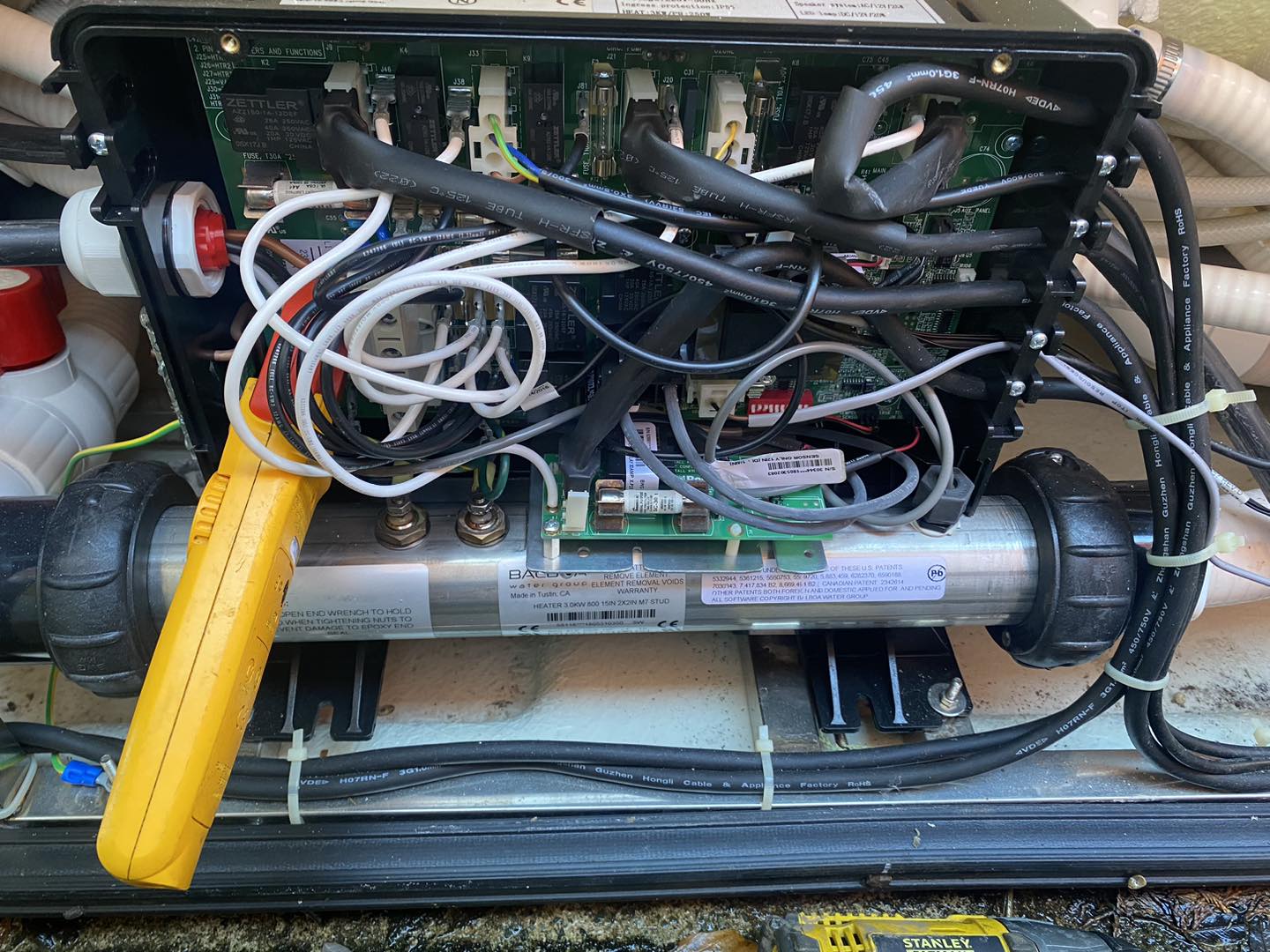
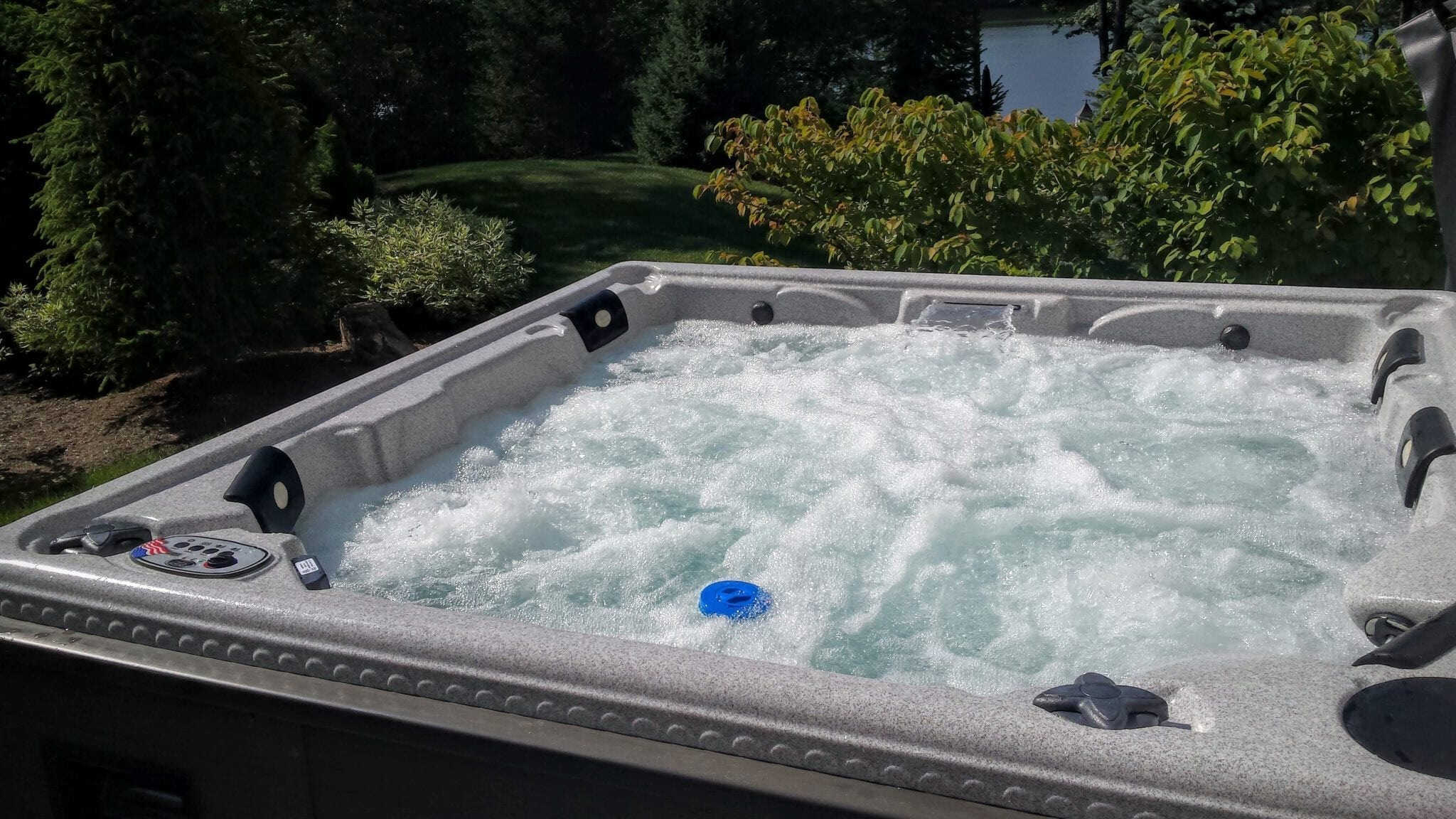
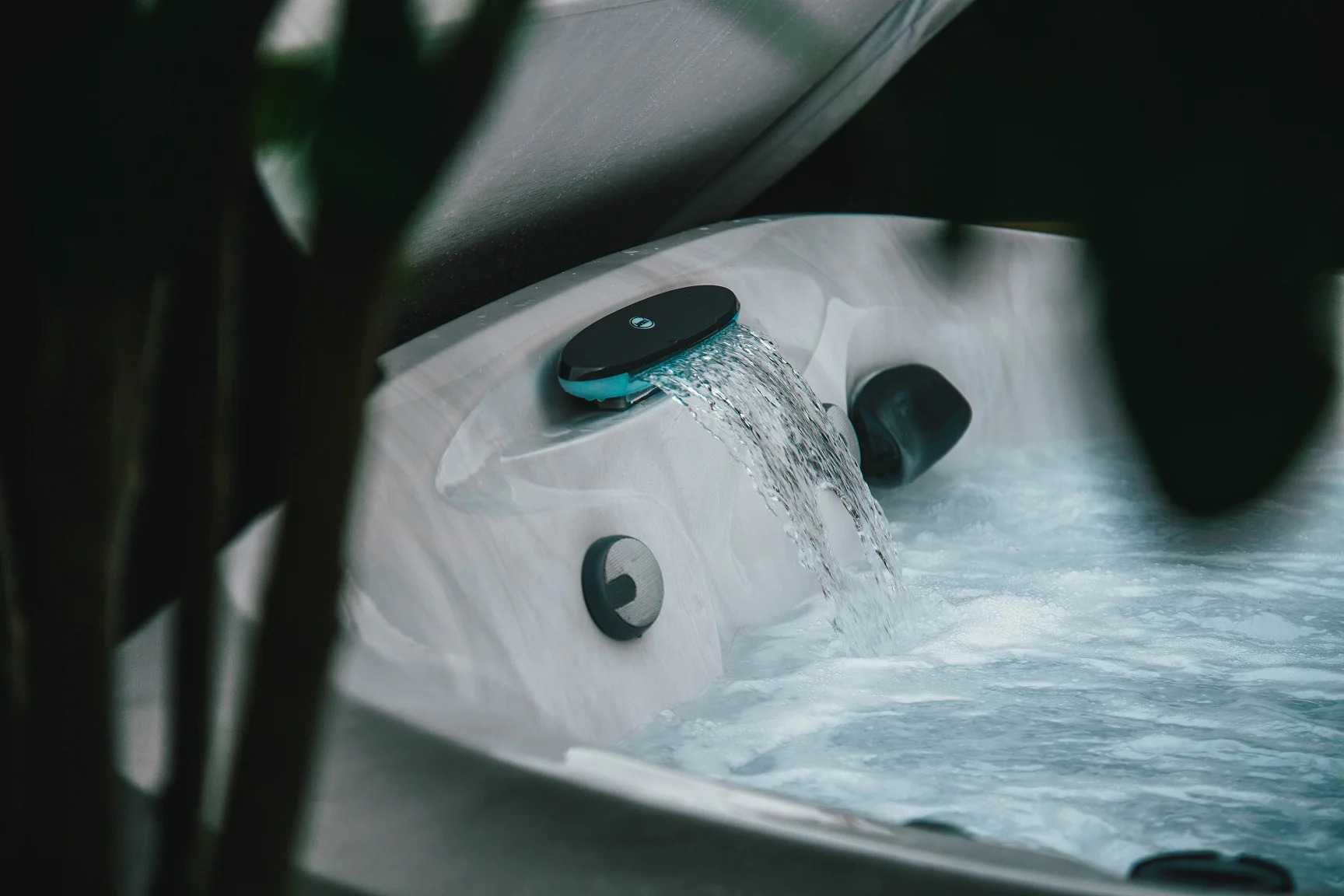
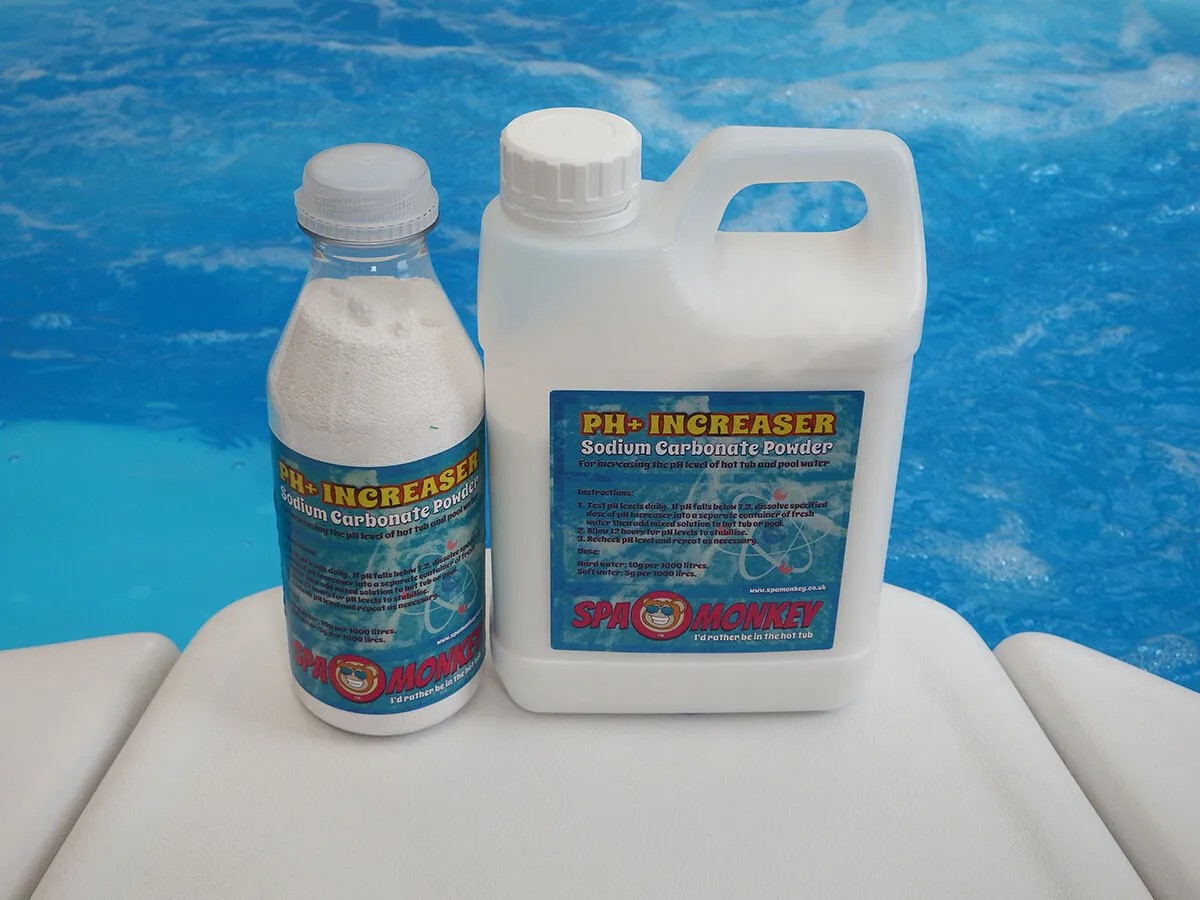
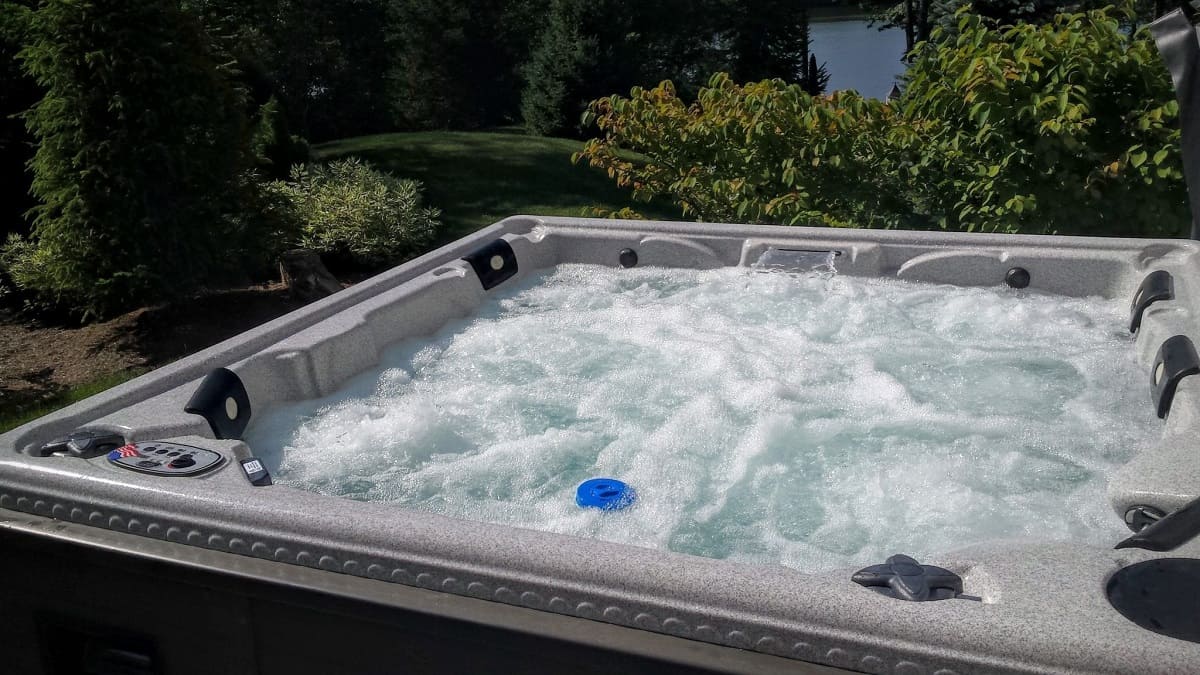
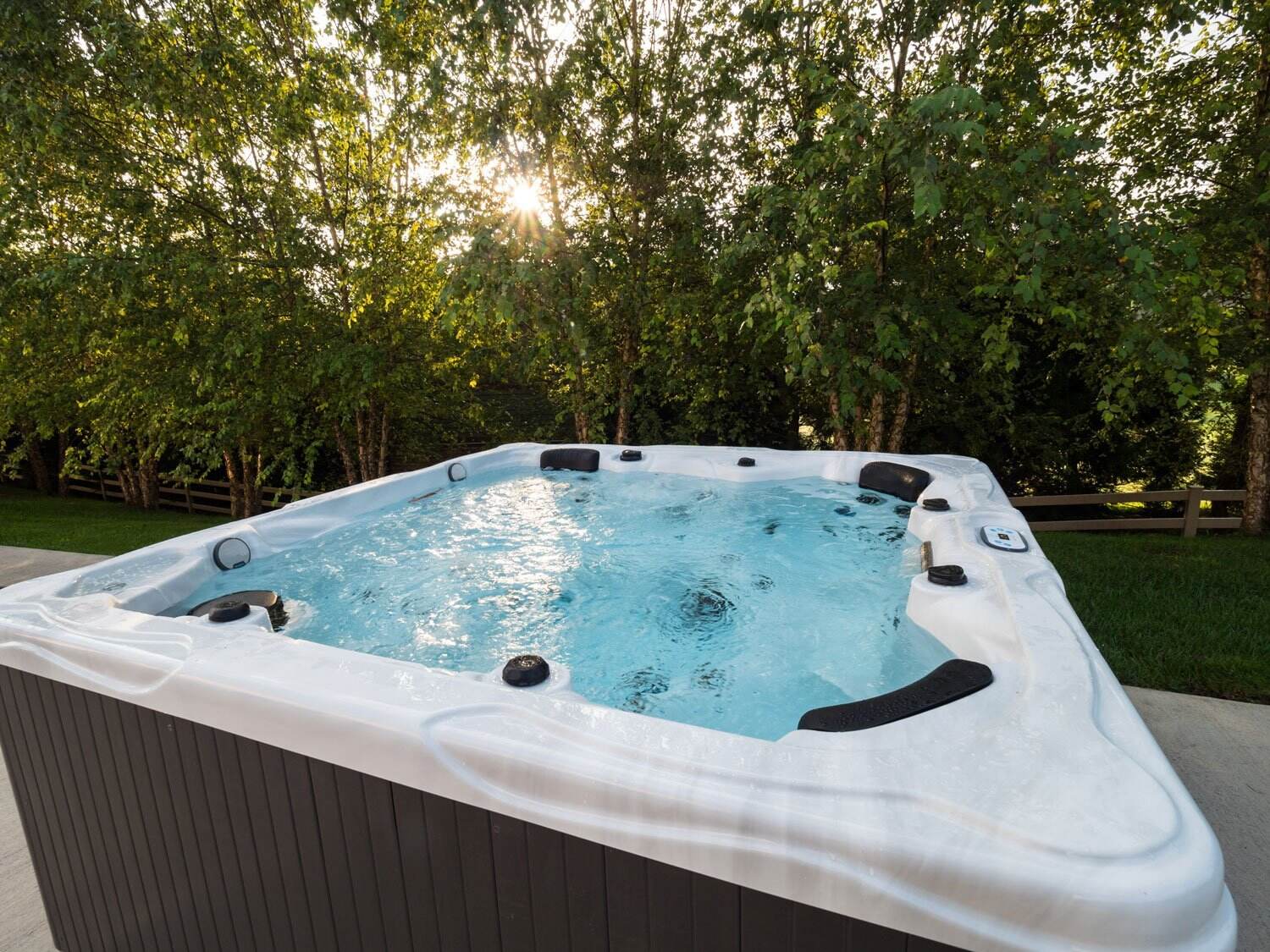

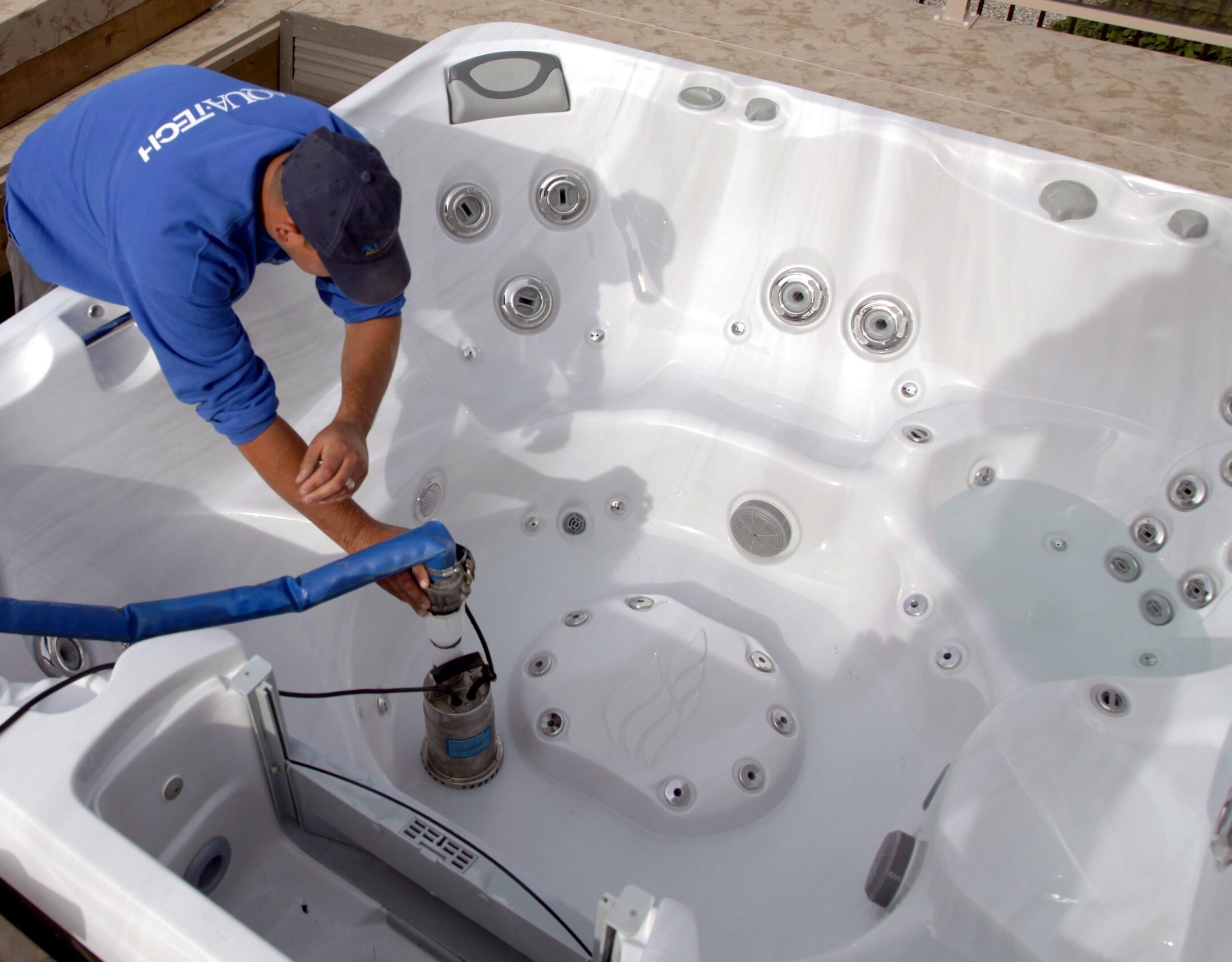

0 thoughts on “How Do You Kill Bacteria In A Hot Tub”